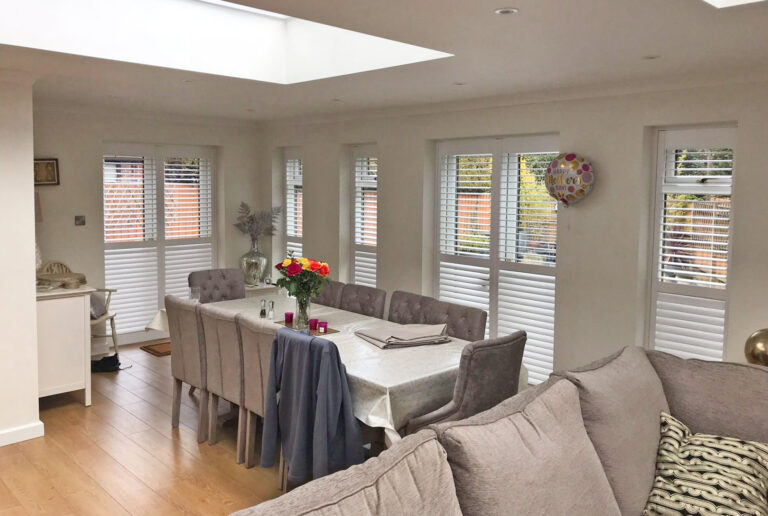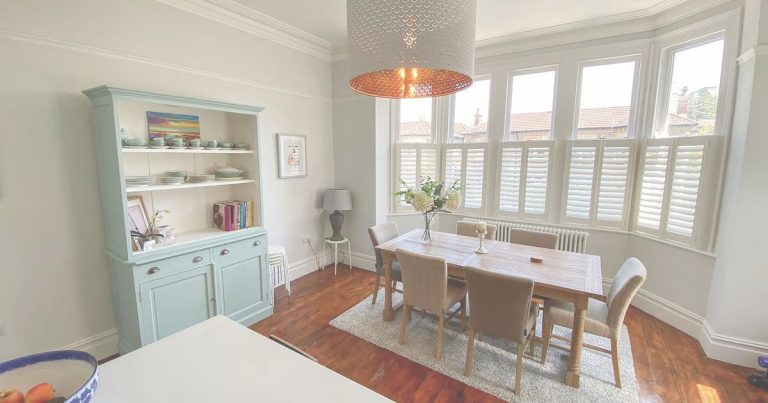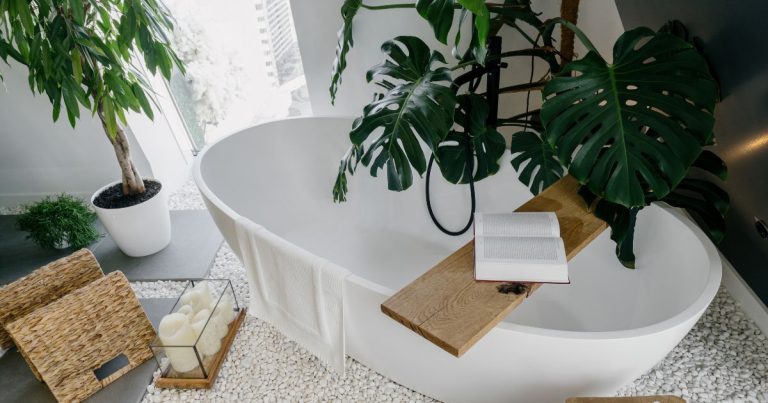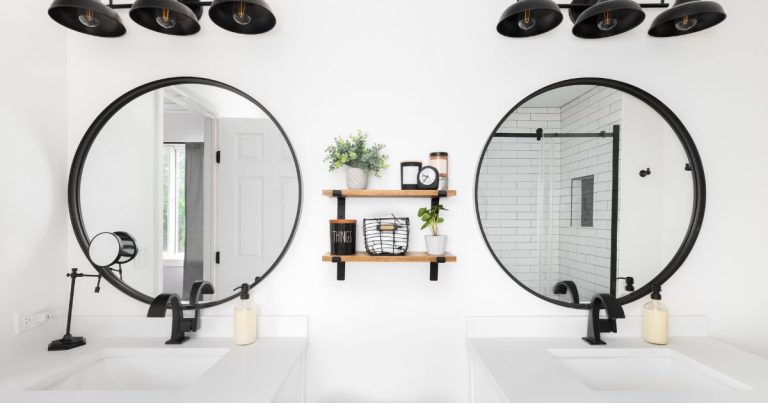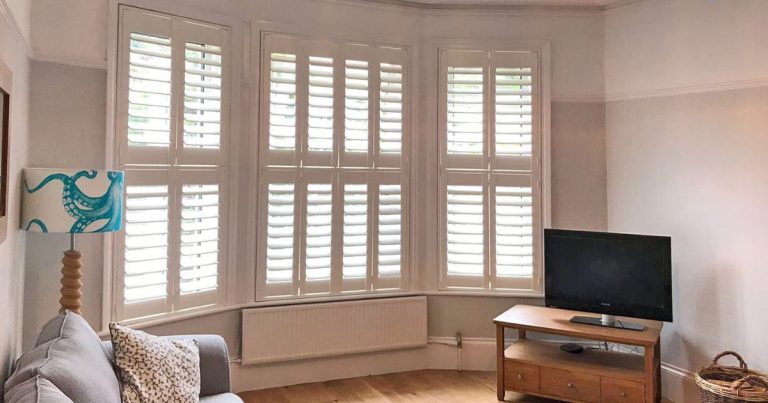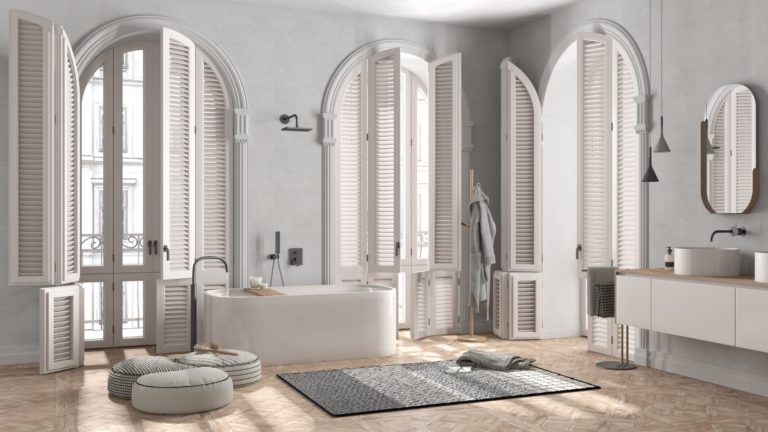Shopping for blackout blinds for bay windows or bay window shutters can inspire feelings of uncertainty. Are you truly getting a blackout blind that will block all light? Will your choice of blind fit your bay window perfectly? And how does the measuring and fitting process affect the level of light control?
In this blog, we’ll answer all these questions and more, so you can be confident the blinds you decide will work perfectly and look great in your room.
Quick answer: When buying blackout blinds for bay windows, you should choose the most effective style for blocking light, usually pleated blinds. For maximum control of the light, you should ensure perfect measuring and fitting. You can combine pleated blackout blinds with shutters or curtains if you have a different interior design style.
Decide if Pleated Blinds are Right for Your Bay Windows
Make Sure Your Bay Window Measurements are Perfect
Accurate Fitting Will Impact Light Control
Think About Combining Blackout Blinds with Other Window Dressings
Blackout Blinds for Bay Window: A Summary
Blackout Blinds for Bay Windows: Choose the Most Effective Style
It’s essential to start by explaining that not all blind styles offer the same level of light control.
While all blinds will dim or filter the light when covering your window, not all offer a complete ‘blackout’ experience. It’s not uncommon for bay windows to be in bedrooms and living spaces, so whether you’re a light sleeper or want to see your TV screen perfectly, choosing the right blind style is essential.
If you’re happy with dimming the light but not blocking it completely, the following blind options are suitable:
- Roman blinds
- Roller blinds
- Standard or wooden Venetian blinds
- Vertical blinds
- Panel blinds
If you’d prefer to block the light completely, exploring dedicated room darkening pleated blinds is best.

Decide if Pleated Blinds are Right for Your Bay Windows
Pleated bay window blinds are aesthetically pleasing and work with various interior design styles. That said, if you have a different blind style in mind, you may have to compromise on the level of light control a little.
Pleated blinds are a kind of ‘cellular blinds’ created using two or more layers of fabric. When open, with the window pane exposed, they gather neatly into a discreet stack at the top of your window frame.
The ‘honeycomb’ cellular design expands when lowered, creating an effective light block. An internal lining inside the honeycomb structure often enhances this light-blocking effect.
If you think a different style of blind would be a better match for your interior design tastes, you’ll still be able to reduce light significantly – although you may not get a true ‘blackout’ effect.
For instance, bay window roller blinds will reduce light considerably (especially if you choose a darker colour) but may experience a little ‘light bleed’ around the edge.
Wooden and faux wood blinds will likely have a similar effect – excellent light control but a little light bleed around each panel of angled bay windows.
Make Sure Your Bay Window Measurements are Perfect
Measuring bay windows can be challenging. Not only do you need to measure each section, but you also need to consider the angles at which the different sections of your window join.
These angles will be different for every style of bay or box-style window, including:
- Curved bay windows
- Box bay windows
- Square bay windows
- Bow windows
While doing a good DIY window measuring job is possible, we recommend that people looking for blackout blinds opt for a professional measuring service.
Many companies that provide modern bay window blinds offer a free measurement visit as part of their service; taking advantage of this can save a lot of headaches further down the line.
Accurate Fitting Will Impact Light Control
Like measuring, the standard of fitting your blinds in a box or curved bay window will almost certainly impact their effectiveness. Even a tiny miscalculation when fitting can lead to light bleeding around the edges.
Many companies – Shuttercraft included – will fit your blinds as part of a beginning-to-end service to mitigate this risk. Not only does this ensure the best possible levels of light blockage – it also means the warranty that comes with your blinds will be fully upheld.
Think About Combining Blackout Blinds with Other Window Dressings
Blackout blinds don’t have to be your only window dressing in a bay window. Many people combine blackout blinds with shutters or curtains to blend effective daylight control with their desired interior design.
When installed with shutters, each pleated blind will be mounted discreetly behind the top of the shutter frame. When it’s time to block the light, they slide down, and the shutter can be closed over the top. This combines the traditional good looks of a shutter with the effectiveness of a blackout blind.
A similar approach can be taken with curtains, too. The blinds will sit discreetly in your beautiful bay windows, and the curtains can be drawn over the top. This is helpful if you want light-coloured curtains in a room but don’t want to compromise on controlling the light.
Blackout Blinds for Bay Windows: A Summary
To minimise the chance of ‘light bleed’ around your bay window blinds and achieve a total blackout effect, pleated blinds that have been professionally measured and installed are tough to beat.
That said, different blind styles still offer impressive light control but may not darken your room entirely. If you have a different style of window dressing, you may even combine pleated blackout blinds with shutters or curtains for a perfect interior design look.
If you need further advice on blackout blinds for bay windows, you’re always welcome to contact our design team!

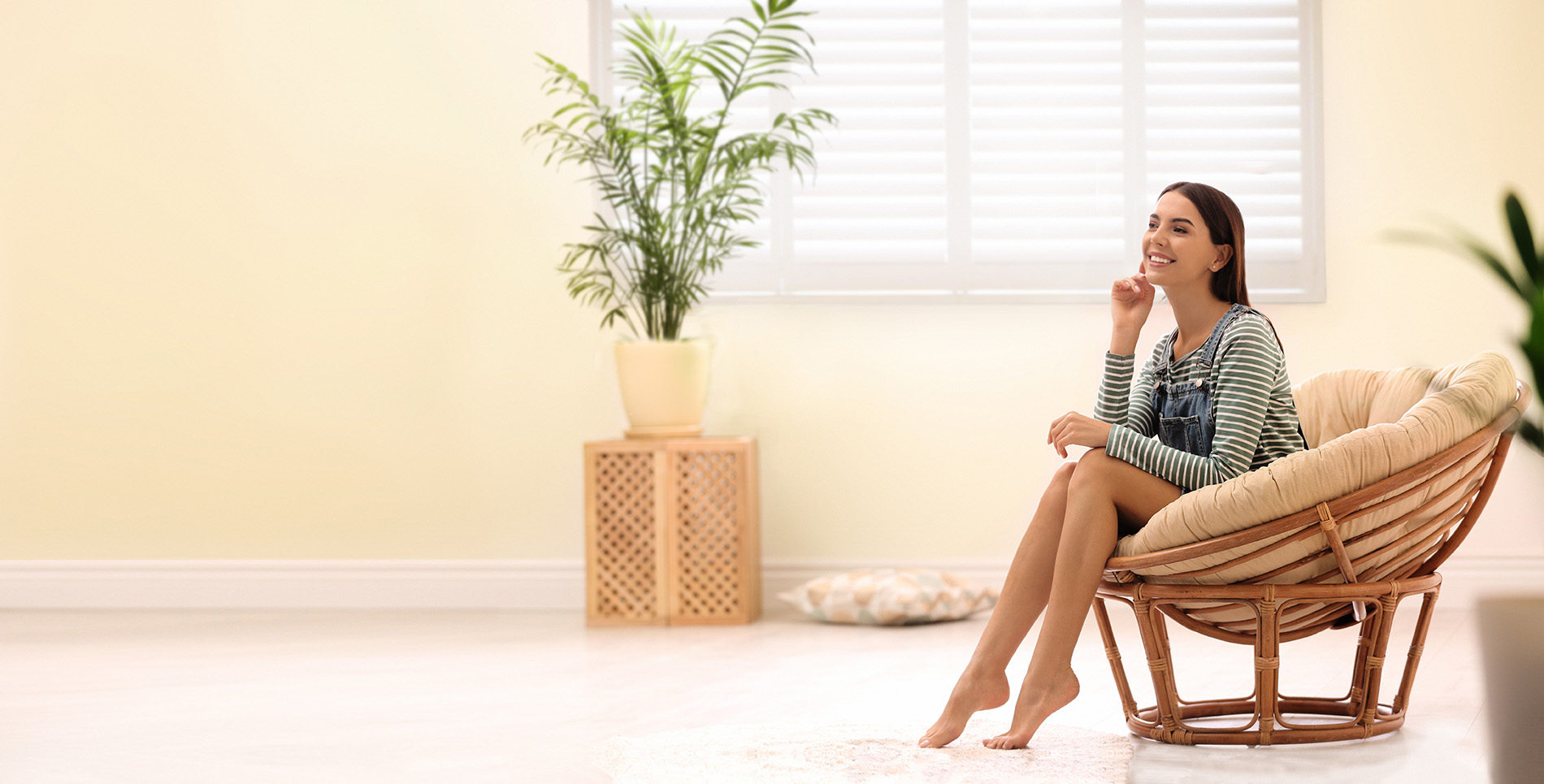
Get in touch today!
Why not contact your local Shuttercraft?


 Search
Search


 10 Year Warranty
10 Year Warranty
 Made to Measure
Made to Measure

